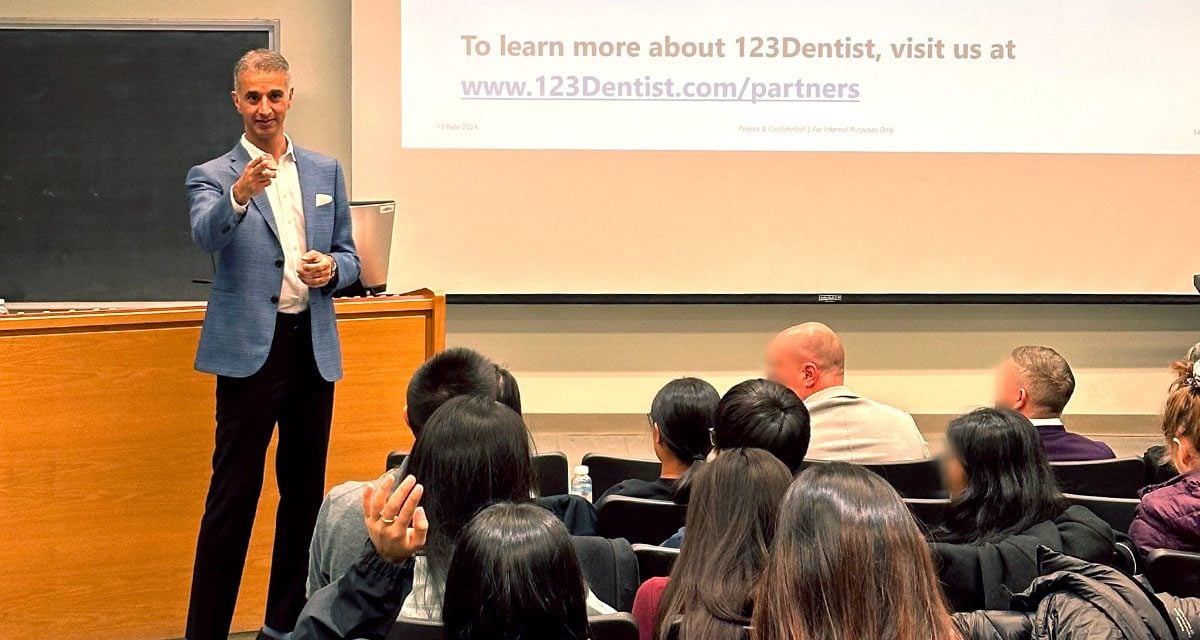Like other parts of your body, your mouth naturally changes as you age. However, some changes to your gums, tongue, and throat may point to a problem. Be alert to the following mouth changes that could require a dentist visit.
Lumps on Gums
Lumps on your gums may indicate an oral infection, like a local abscess. Plaque, tooth decay, and food particles can all cause these infections, which are more likely to occur when your immune system is low. Trauma and canker sores are two more common causes of lumpy gums. Trauma can occur when you take a knock to the mouth, when you ingest very hot food or beverages, or when your mouth is getting used to new braces or dentures.
Dental cysts are bubble-like lumps that form on your gums. Most dental cysts form near the roots of buried or dead teeth. While they can become painful, especially if they get infected, many are asymptomatic. While small dental cysts often don’t need removal, large cysts can make your jaw weak and put pressure on your teeth. Dental surgery can remove the cyst and treat dead root tissue to prevent its return.
Pregnant women may also notice small lumps near their gum lines. Called pyogenic granuloma or granuloma gravidarum, these lumps are simply caused by pregnancy hormones and are no cause for concerns.
More serious problems, including oral cancers and tumours of the teeth or jaw, can also cause lumps on the gum. While these conditions are much rarer, remembering they occur is a good incentive to investigate any unusual lumps on your gum.
Bleeding Gums
Bleeding gums is a common symptom of gum disease. The first stage of this disease is called gingivitis. If left untreated, gingivitis can progress to the more serious periodontitis.
Failing to remove plaque when you brush your teeth and floss can cause gingivitis. Plaque contains germs that attack the gums, making them irritated and inflamed. This doesn’t necessarily make the gums hurt or feel sensitive, but they’ll commonly bleed when you brush or floss.
Like lumps on the gums, bleeding gums can also be a sign of infection or trauma. Low immunity can exacerbate these problems. In rare cases, bleeding gums can be sign of a blood disorder.
Swelling of Tongue or Gums
Tongue and gum inflammation are two more common symptoms of oral infections. Herpes simplex, coxsackievirus, and certain bacteria can all cause these infections, especially if your immunity is low. Tumours located in the tongue and gums can also make these body parts swell.
If the tongue swells suddenly, allergies may be to blame. This reaction is very common after ingesting allergy triggers, like peanuts, shellfish, and certain medications. Medical treatments, including steroids, antihistamines, and epinephrine, should resolve tongue swelling triggered by allergens. If tongue swelling comes on more gradually, low iron levels, leukemia, or strep throat could also be the culprits.
As mentioned above, gingivitis and periodontitis can also make gums swollen. If you’ve had a mouth trauma you may also notice your gums and tongue swell.
Painful Lumps on the Tongue
Painful lumps on the tongue are typically inflamed papillae, commonly called taste buds. You might notice this problem after you accidentally bite your tongue or taste food or drink that’s too hot. Too much stress and some hormones can also cause the problem. While the pain might be irritating, it’s likely to pass in a few days without treatment.
Another condition called eruptive lingual papillitis also manifests as painful lumps on the tongue. You probably won’t confuse these conditions, as eruptive lingual papillitis also causes fevers and swollen glands. Common among children and contagious, eruptive lingual papillitis usually passes without treatment in two weeks. That period can feel like a lifetime, but rinsing the mouth with saltwater and eating smooth, cold foods like ice-cream can make those lumps less painful.
Blobs at the Back of Your Throat
White or yellow blobs or chunks at the back of your throat are probably tonsil stones. They are a common and minor problem for some people who still have their tonsils. Tonsil stones form from debris, such as mucus and bacteria, which are collected by tonsillar tissue. This debris can calcify if it’s not removed. Calcified tonsil stones may appear on CT and MRI imaging.
Patients prone to tonsil stones often suffer from halitosis, commonly called bad breath, as the debris collected by the tonsillar tissue and compounds called mercattons sit in the mouth.
Removing minor tonsil stones may be as simple as gargling saltwater. However, more stubborn tonsil stones may need surgical removal. Removal is crucial, as tonsil stones can make swallowing difficult.
If you’re worried about these problems or any other changes in your mouth, schedule a dental appointment as soon as possible. Your dentist can diagnose your concerns and treat them before they turn into major problems.




 December is finally here, and if you’re not already hyped about the holidays, you’re about to […]
December is finally here, and if you’re not already hyped about the holidays, you’re about to […]

